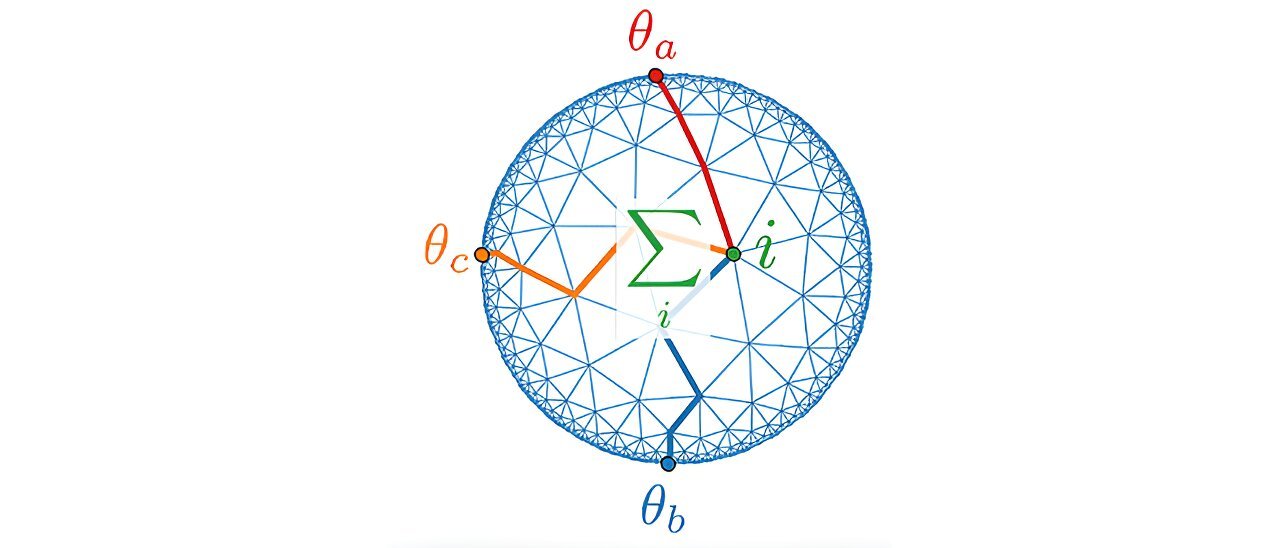
Gravity is no longer a mystery to physicists—at least when it comes to large distances. Thanks to science, we can calculate the orbits of planets, predict tides, and send rockets into space with precision. However, the theoretical description of gravity reaches its limits at the level of the smallest particles, the so-called quantum level.
“To explain the Big Bang or the interior of black holes, we have to understand the quantum properties of gravity,” explains Professor Johanna Erdmenger, Chair of Theoretical Physics III at the University of Würzburg (JMU) in Bavaria, Germany.
“At very high energies, the classical laws of gravity fail. Therefore, our goal is to contribute to the development of new theories that can explain gravity at all scales, including at the quantum level.”
The central theory of quantum gravity
The AdS/CFT correspondence, a central theory of quantum gravity, plays an important role in the development of new models. It states that complex gravitational theories in a high-dimensional space can be described by simpler quantum theories at the boundary of that space.
AdS stands for Anti-de-Sitter, a special type of spacetime that is curved inward, like a hyperbola. CFT stands for conformal field theory, which describes quantum physical systems whose properties are the same at all spatial distances.
“This sounds very complicated at first, but it’s easy to explain,” says Erdmenger. “The AdS/CFT correspondence allows us to understand difficult gravitational processes, such as those that exist in the quantum world, using simpler mathematical models. At its heart is a curved spacetime, which can be thought of as a funnel.
“The correspondence states that the quantum dynamics at the edge of the funnel must correspond to the more complex dynamics inside—similar to a hologram on a banknote, which generates a three-dimensional image even though it is only two-dimensional itself.
Proof of concept for realizing gravitational dynamics in the laboratory
Together with her team, Erdmenger has now developed a method to experimentally test the predictions of the previously unconfirmed AdS/CFT correspondence. A branched electrical circuit is used to mimic curved space-time—the electrical signals at the individual branch points of the circuit correspond to the gravitational dynamics that would be found at different points in space-time.
The study is published in the journal Physical Review Letters.
The theoretical calculations of the research team show that in the proposed circuit, the dynamics at the edge of the mimicked spacetime also correspond to those inside—and thus a central prediction of the AdS/CFT correspondence can be realized by the circuit.
As a next step, the Würzburg research team now plans to put the experimental setup described in the study into practice. In addition to significant advances in gravitational research, this could also lead to technical innovations.
“Our circuits also open up new technological applications,” explains Erdmenger. “Based on quantum technology, they are expected to transmit electrical signals with reduced loss, since the simulated curvature of space bundles and stabilizes the signals. This would be a breakthrough for signal transmission in neural networks used for artificial intelligence, for example.”
More information:
Santanu Dey et al, Simulating Holographic Conformal Field Theories on Hyperbolic Lattices, Physical Review Letters (2024). DOI: 10.1103/PhysRevLett.133.061603. On arXiv: DOI: 10.48550/arxiv.2404.03062
Provided by
Julius-Maximilians-Universität Würzburg
Citation:
Theoretical physicists develop method to model a central theory of quantum gravity in the laboratory (2024, September 16)
retrieved 16 September 2024
from https://phys.org/news/2024-09-theoretical-physicists-method-central-theory.html
This document is subject to copyright. Apart from any fair dealing for the purpose of private study or research, no
part may be reproduced without the written permission. The content is provided for information purposes only.
